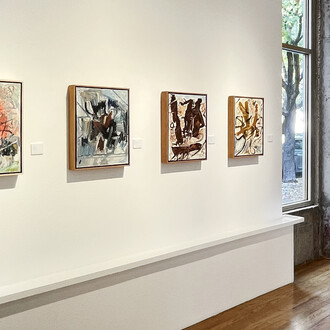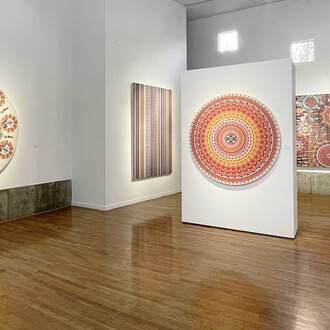During the colonial period in the Andes, five main centers of artistic production flourished: Bogotá, Quito, Lima, Cuzco, and Potosí.
Painting in the Andes, 1680–1780 explores these regional schools as they reached their apex of creativity and innovation from the late 1600s to late 1700s. Influenced by a blend of European and Indigenous artistic traditions, these schools produced vibrant and distinctive styles of painting that continue to captivate audiences today.
Featuring works from historic DAM collections as well as loans from the extensive collection of the Carl and Marilynn Thoma Foundation, the exhibition offers a panorama of the rich cultural heritage of the Andes during this transformative period, from the more naturalistic styles prevalent in Lima to the subdued earth tones of Bogotá to the bright colors and elaborate gold detailing of Quito and Cuzco. A section on materiality introduces audiences to the surfaces—including hammered silver sheets, slabs of alabaster, and recycled canvas—on which artists produced these masterworks.
















